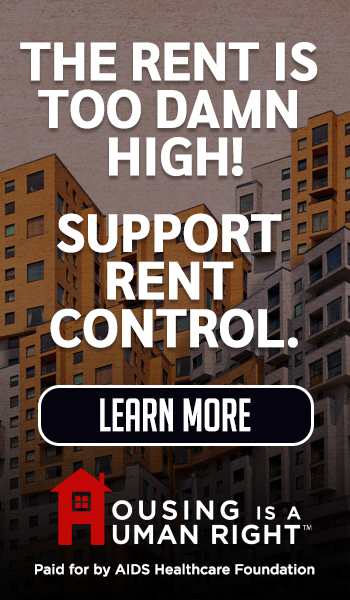Comments
ERIC PREVEN’S NOTEBOOK - Tuesday’s Hall of Administration circus saw the Supervisors tackle decades of disaster mismanagement with a bold plan: promote themselves. Their pitch: a standalone Office of Emergency Management. Because who better to lead than the architects of the LA-RICS radio flop, crumbling jails, a perpetual fire-funding deficit, DCFS tragedies, and a $4 billion sex-abuse settlement so sloppy plaintiffs were practically paid to file. In 90 days, they want an org chart for this shiny OEM; in 120, a plan to siphon funds from other departments. Translation: hand the arsonists a bigger firehouse.
McChrystal’s Smoke Screen
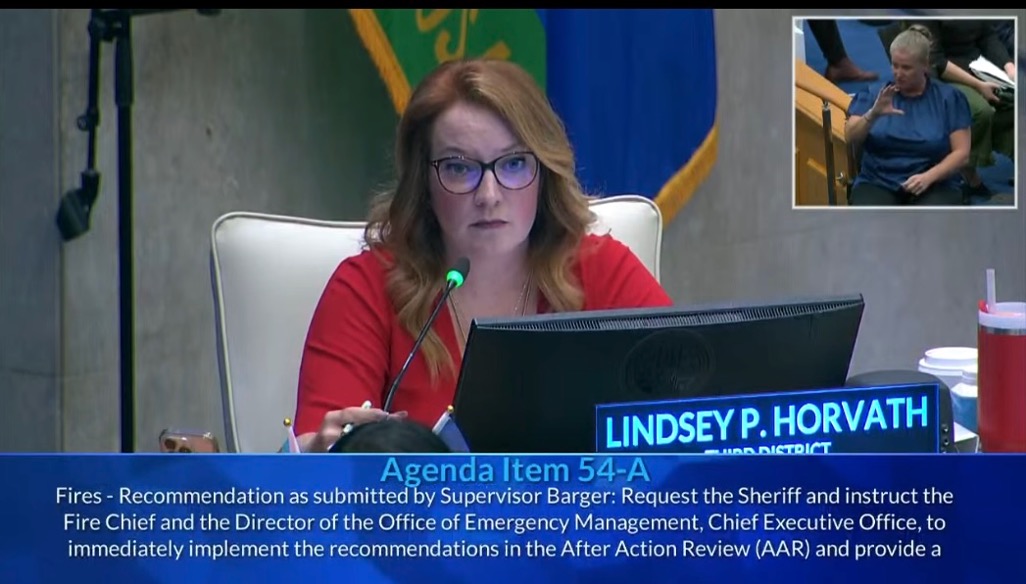
F. Lee Horvath has the floor (for an hour).
The $1.9 million McChrystal Group After-Action Review on the January 2025 Eaton and Palisades wildfires—thirty dead, thousands of homes erased—landed like a smoke screen. Residents roared: “No heroes if you aren’t there.” “Colossal fuck-up.” “We lost people, entire cities.” They named the dead, clocked timelines, and shredded bureaucratic dodges like “fire front vs. ember cast.”
Barger grilled Altadena’s delays, Horvath played prosecutor, Mitchell flagged racial disparities, while Solis and Hahn murmured along. Yet these are the same Supervisors who let a fire deficit fester for decades, now posing as accountability champs with motions to “learn lessons.” McChrystal’s report admitted satellites choked on smoke, offering safe fixes like training and OEM autonomy—no blame, no outside voices.
The Budget Reality Check
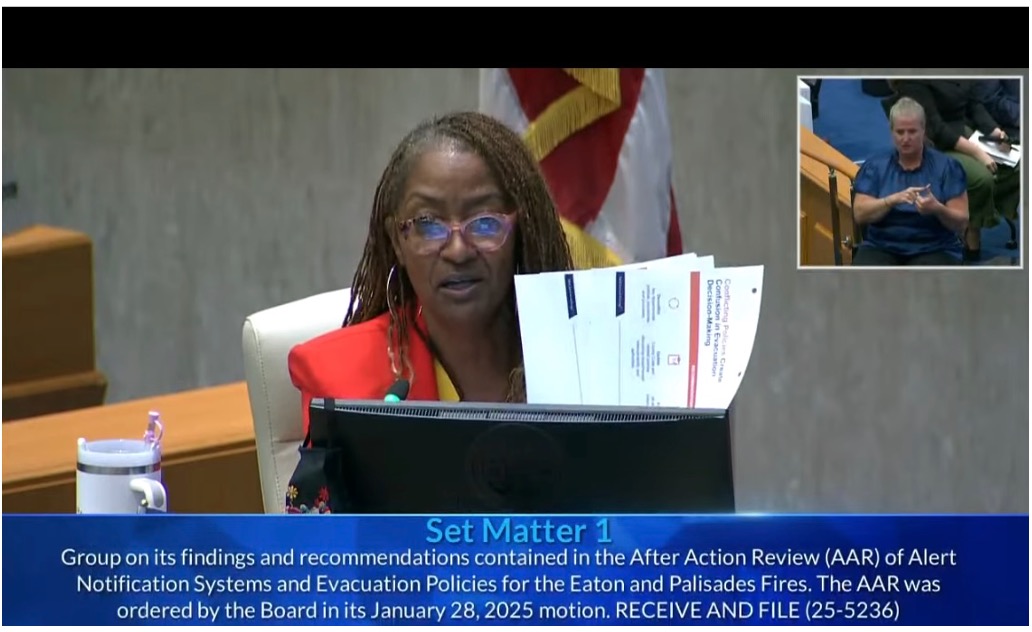
Supervisor Holly J. Mitchell says none of it will be free.
Davenport’s update cut through the haze: $3.7 billion in “unspent” funds already spoken for, $400 million raided from the rainy-day fund (first since 2008), a 5.5% workforce cut with exemptions TBD, an $815 million debt due January 2026, and a hotline for 14,000 claims still offline.
Holly J. Mitchell’s refrain—“I hear you, and I get it”—hit like a patronizing door slam.
The Budget Bachelorette
Then came DA Nathan Hochman, turning his budget testimony into a Budget Bachelorette audition. He opened with a group-date confessional, gushing about meeting “each and every one” of the Supervisors, praising their “profound” commitment to safety, and promising not to tell cops how to arrest if they didn’t tell him how to prosecute—a tidy reality-show script.
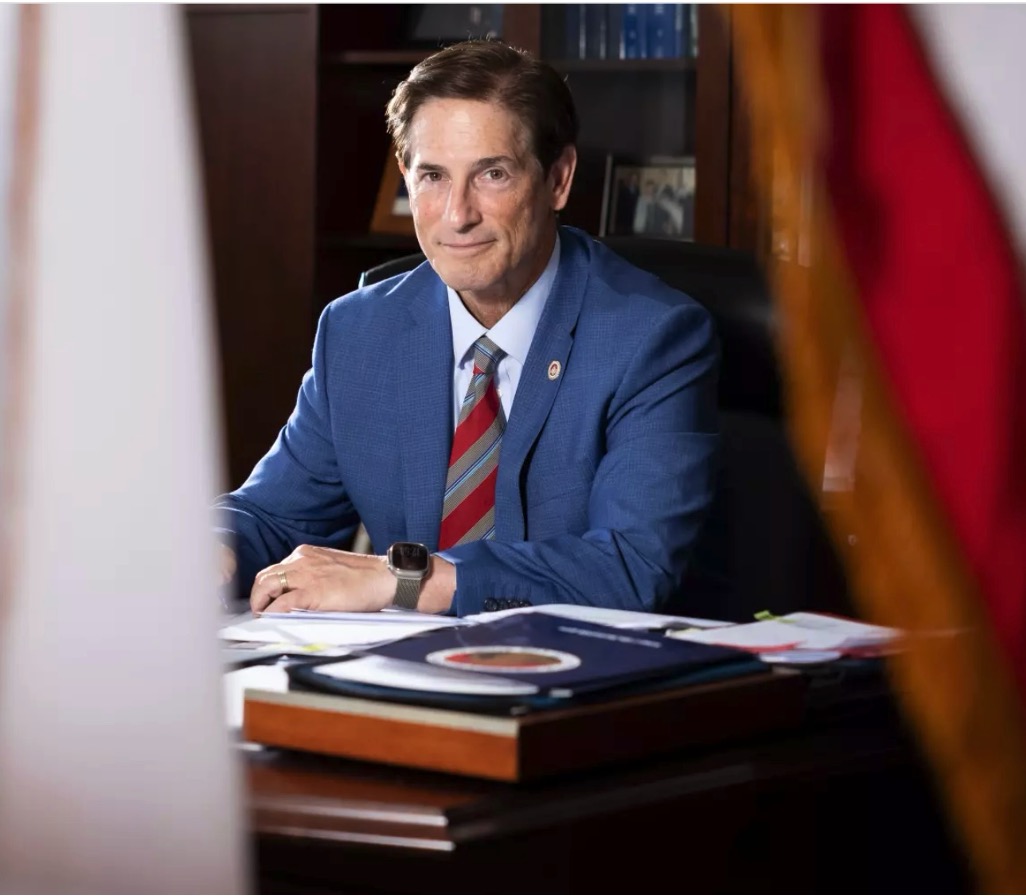
Nathan Hochman, LA County District Attorney.
Then the roses: Barger’s district challenges, Horvath’s looter crackdowns, Solis’s victim protection, Hahn’s accountability, Mitchell’s equity passion. The Clerk’s timer flashed, but Hochman kept piling on imaginary roses. Mitchell, cool as studio AC, shut him down: “I hear you, and I get it.” No rose.
Assessor Jeffrey Prang followed, no fluff—just valuations and tax revenue, the quiet contestant bankrolling the show. Smart Speaker suggested he appear in more parades.
Meanwhile
Probation fund tweaks, Books for Jails check-ins, and Solis and Mitchell guarding immigrant detainee privacy moved along. A green Urban Natureways vision was tainted by some nut asking about Harvard-Westlake’s shady river lease (moi). And an autopsy contract for actual human dead reminded everyone we’re not just talking about bureaucratic corpses rotting from neglect.
In the end: a new OEM, a flimsy $1.9 million report, a raided rainy-day fund, and a DA playing reality TV can’t hide the truth. The Supervisors can shuffle charts and hire consultants, but when the alarms fail, the microphone becomes the siren.
The Inside Man’s New Badge
If you listen to KNX 1070 or 97.1 FM in the car, you’ve heard it: voices spliced together, then Ron Galperin’s sunny cadence declaring a fiscal crisis or something. That cheerful watchdog of yesteryear, now nostalgia woven into the airwaves.
That familiar voice feels comforting—until City Hall recycles it as the so-called independent monitor for the L.A. Alliance homelessness settlement. Same old suit, new tag. Judge David Carter, fed up with the City’s “consistent lack of cooperation,” ordered 12,915 shelter beds by June 2027 and tapped Galperin, paired with data analyst Daniel Garrie, to ask the hard questions. Yet the Council, at City Attorney Hydee Feldstein Soto’s urging, keeps kicking the can—now to October 7. Politics, not independence.
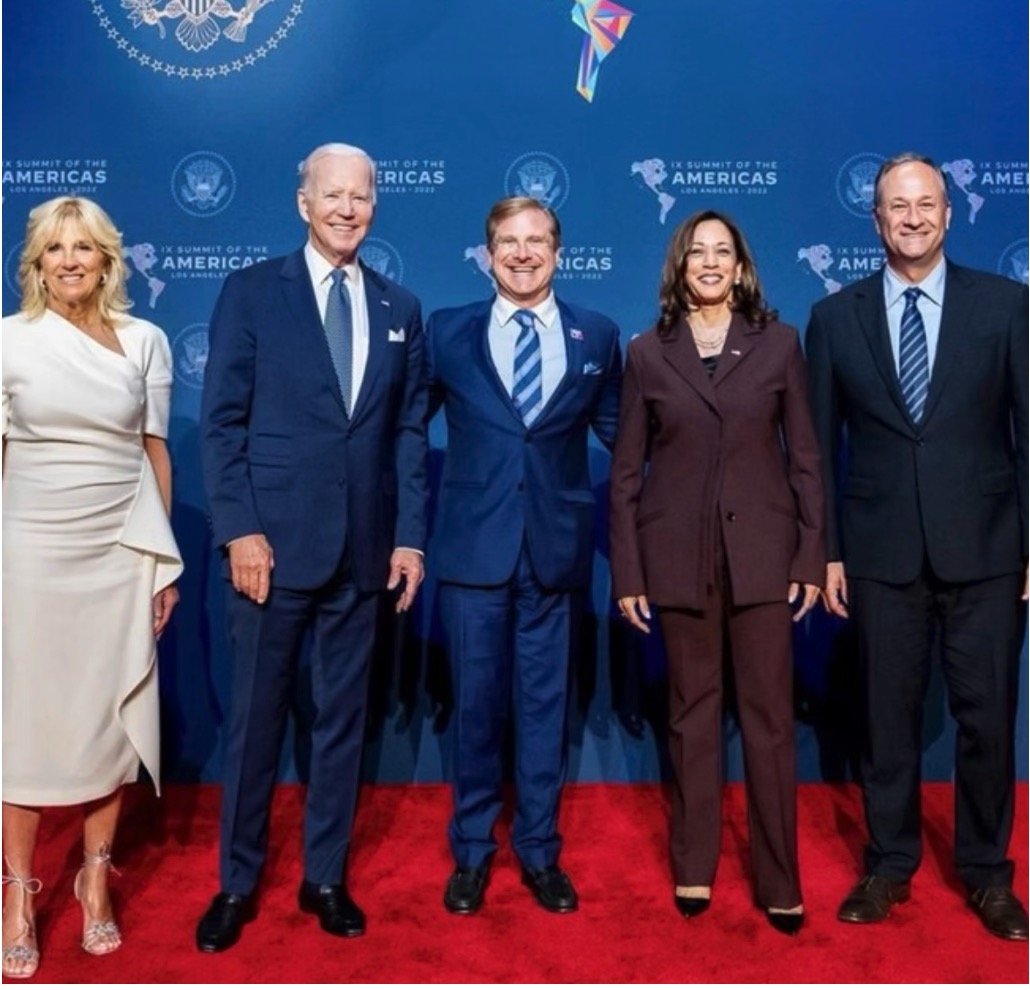
Ron Galperin has good bonafides but comes from "within."
Controller Kenneth Mejia, charter-mandated for oversight, calls this fiscally reckless. His office already has dashboards, audits, and trained staff. Why outsource to a City Hall veteran when deficits loom? Independence, it seems, means nostalgia in a blazer.
Meanwhile, LAHSA, the city’s homelessness hub, scrambles for an ethics backbone after reporters exposed its conflict-of-interest gaps. Years of cozy deals, and only now a written policy? The mirror is unflattering: oversight dressed up as an inside job.
The Ethics commission tells the rest. Galperin took big checks from lawyers tied to downtown developers, real estate LLCs, C-suite players; expenditures to firms like Kaufman Legal Group and direct-mail giant JPM&M. The “Hertz” line item? A buried reimbursement. The real tale: six-figure sums to consultants. Lawyers in, lawyers out. City Hall’s closed loop.
While Angelenos brace for cuts, the Council President dreams up a $2.6 billion Convention Center overhaul, as if debt were a cure. Ethics holes, fiscal contradictions, recycled insiders—it’s a carousel, not reform.
Galperin’s radio appeal sells nostalgia, not solutions. Independence means friction, not a suit off the rack.
Trash Talk: A Painful Fee Hike and a Questionable Protest Process
The Los Angeles City Council voted 10-1 back in April to jack up your Solid Resources Fee — the monthly trash collection charge that shows up on your LADWP bill. It’s the first change in 17 years, and it’s not small.
On January 1, 2026, single-family homes and duplexes will see the fee jump from $36.32 to $55.94 a month — a 54% increase in one stroke. Small multi-family buildings (3–4 units) will see the same $55.94 charge, up from just $24.33 today. And this is only the beginning: follow-on increases are built in, climbing to nearly $66 a month by 2029, an overall 81% risefrom today’s rates.
The official story is that costs are up: fleet maintenance, landfill fees, organics recycling, and a looming $230 million general fund subsidy hole if rates don’t rise. Fair enough — but this painful uptick is going to hit a lot of people who are simply not ready to pay so much more, especially renters in smaller buildings where costs may be passed on.
Here’s the kicker: under Proposition 218, property owners have the right to protest these hikes. If a majority protests, the increase can be blocked. But residents are reporting that the City is counting “one protest per property” — even if it’s a building with multiple rent-paying households. That means a four-unit building gets one vote, not four. Sneaky math like that undercuts the very idea of a “majority protest” and raises serious legal and fairness questions.
Public hearings have already been held, including one on September 10, 2025, and the City is moving toward final implementation. Unless there’s a valid majority protest, the increases are locked in.
If you want to register your protest, LA Sanitation has set up an email: [email protected]. (You can also visit lacitysan.org/srfrates2025 for more information.)
Angelenos are bracing for cuts, higher utility bills, and now a trash fee spike that feels like another hidden tax. If the City is going to raise rates by 81% over five years, the least it can do is ensure the protest process isn’t tilted against the very people footing the bill.
CouncilTube (now with ads)
Before the meeting even starts, the City’s Youtube broadcast runs like a Channel 35 TV promo reel: Sunshine Kids Day with LAPD, a “Second Chance” job fair, and then a City Beat segment where councilmembers introduce polished pieces—John Lee praising an LAPD hiring plan, Heather Hutt unveiling the Diane Watson Corridor, Monica Rodriguez touting a relief grant, Eunisses Hernandez inviting everyone to El Grito. It looks and sounds like advertising.
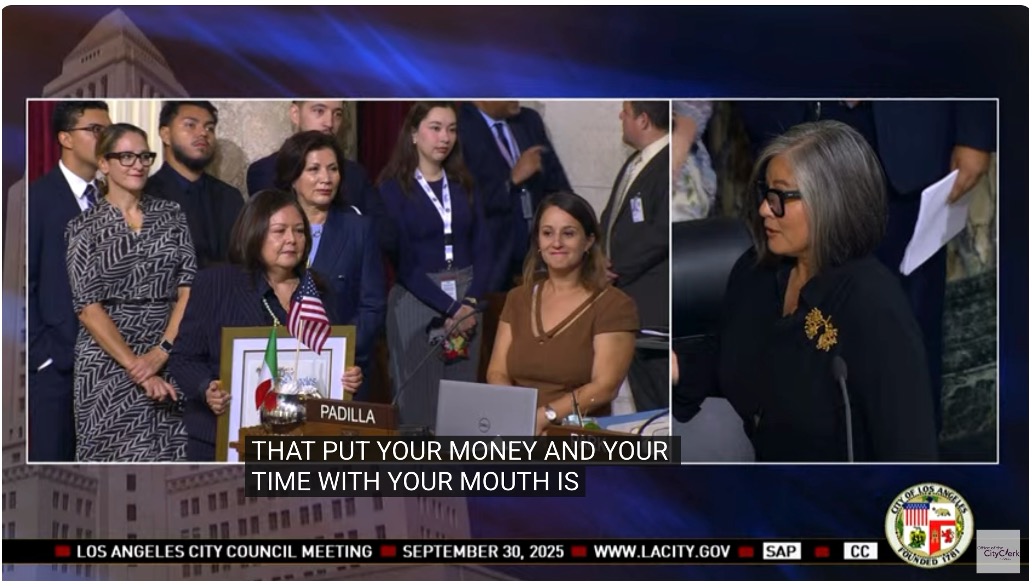
Latina Starbucks executive and bestie.
Then we cut to the chamber. John Lee is at the horseshoe with a big banner draped over his chair.
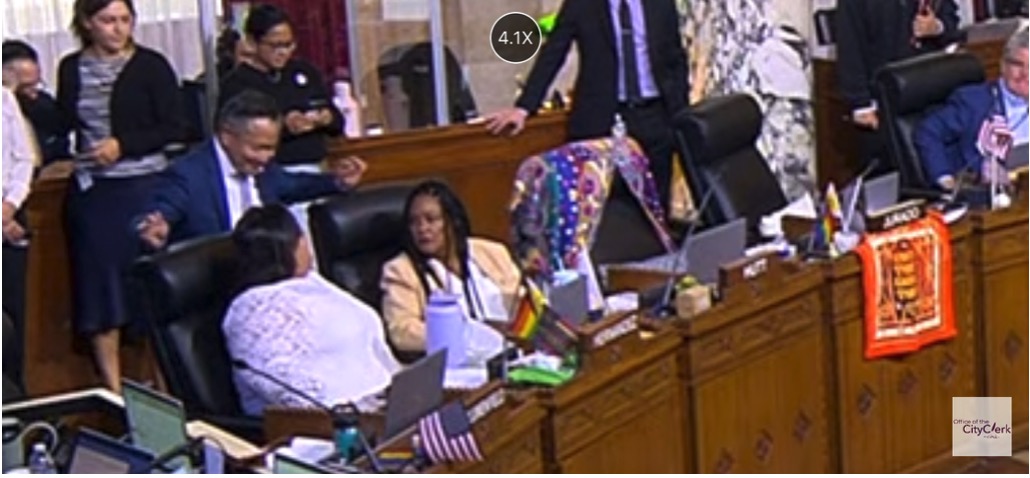
Staffer B: Innovation: Why not generate signage revenue during council meetings?
The President gavels in and reminds the public: no signs bigger than 8½×11 and don’t stand in the aisle. So the rule is strict for the audience, but loose for the members and their in-meeting promos. That’s the joke.
If the Council is going to run commercials and display banners during meetings, let’s be honest and make it a revenue stream. Wrap the inside of the horseshoe with LED boards like a hockey rink. Put a small QR code on each mic flag. Sell three sponsor levels: a “CJ tier” for 3–5 minute sizzle reels during presentations, a “John Lee tier” for in-seat branding, and a “Rule 12(g) package” that sells aisle naming rights (since the public can’t stand there anyway). Use the money to offset the 81% trash-fee hike and pay for all those ceremonial videos and corridor co-namings—so the hypocrisy at least pays for itself.
One fairness rule: if members can display banners, then the public should be allowed to hold a letter-sized sign without getting warned for standing too close to the aisle. If City Hall is going to act like a variety show, the public shouldn’t be the only ones told to sit down and be quiet.
(Eric Preven is a Studio City-based television writer-producer, award-winning journalist, and longtime community activist. He is known for his sharp commentary on transparency and accountability in local government. Eric successfully brought and won two landmark open government cases in California, reinforcing the public’s right to know. A regular contributor to CityWatch, he combines investigative insight with grassroots advocacy to shine a light on civic issues across Los Angeles.)






